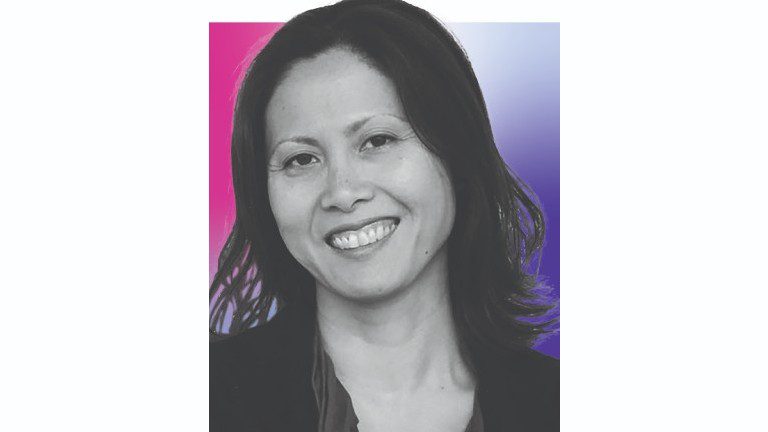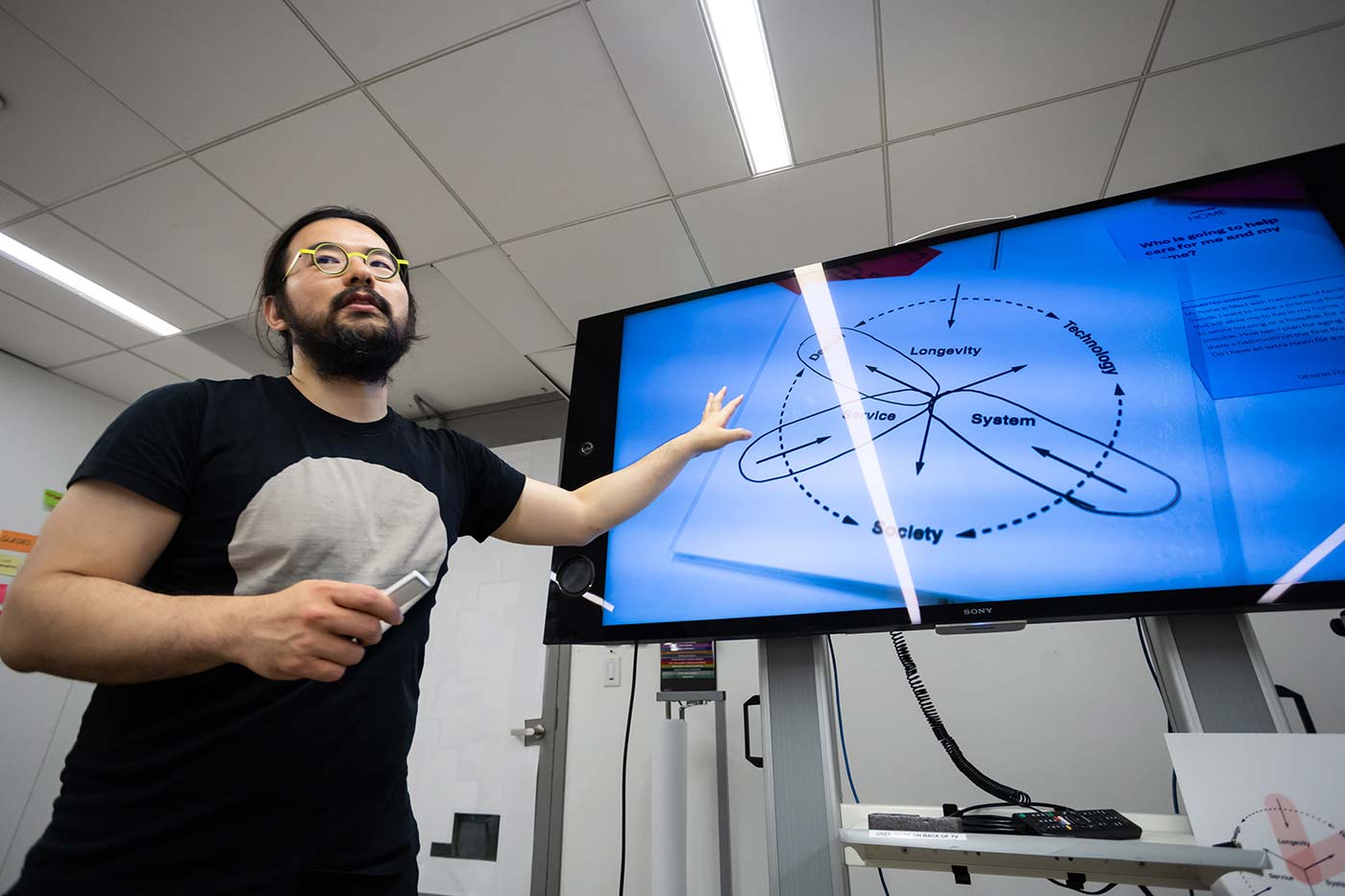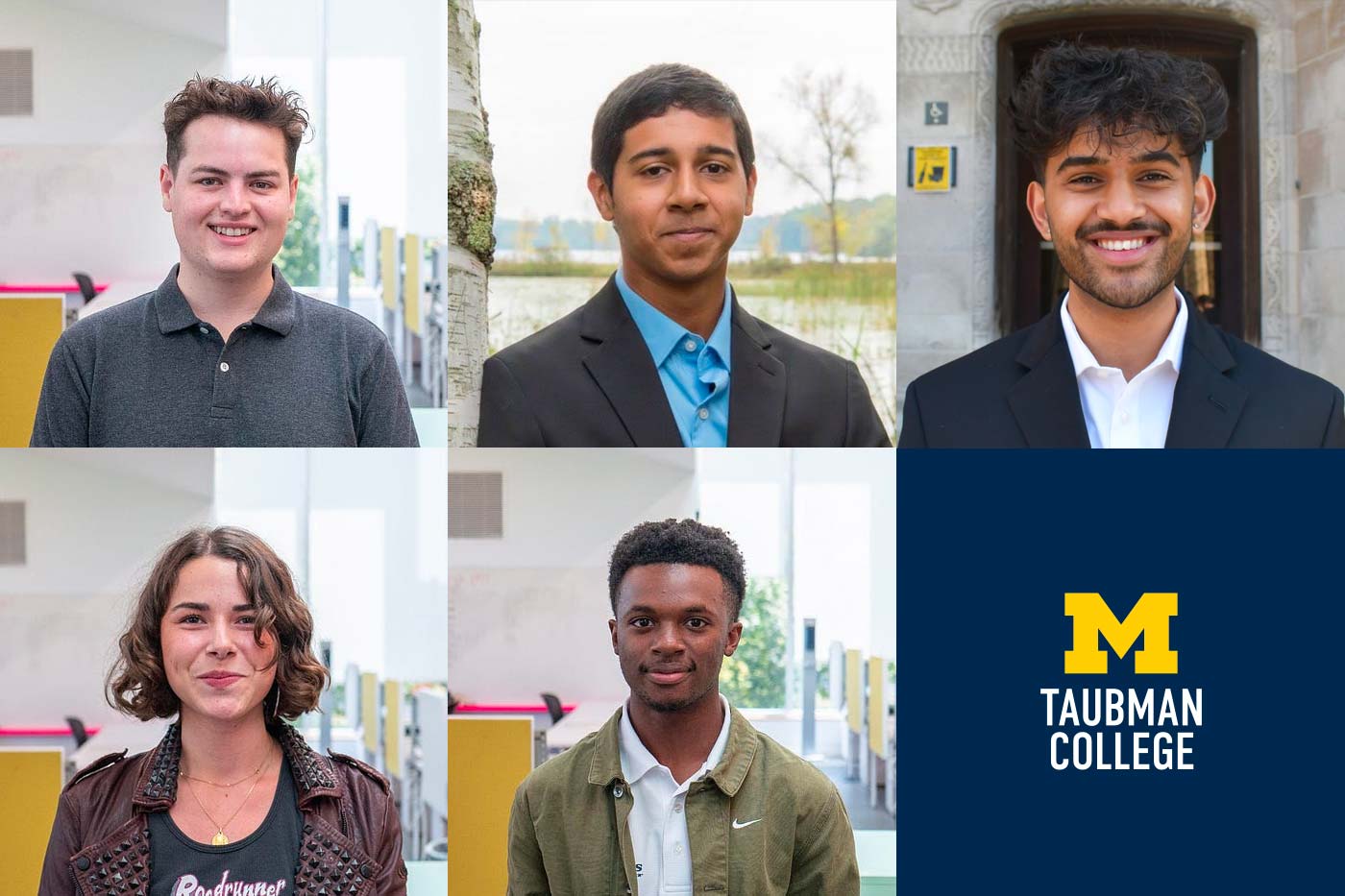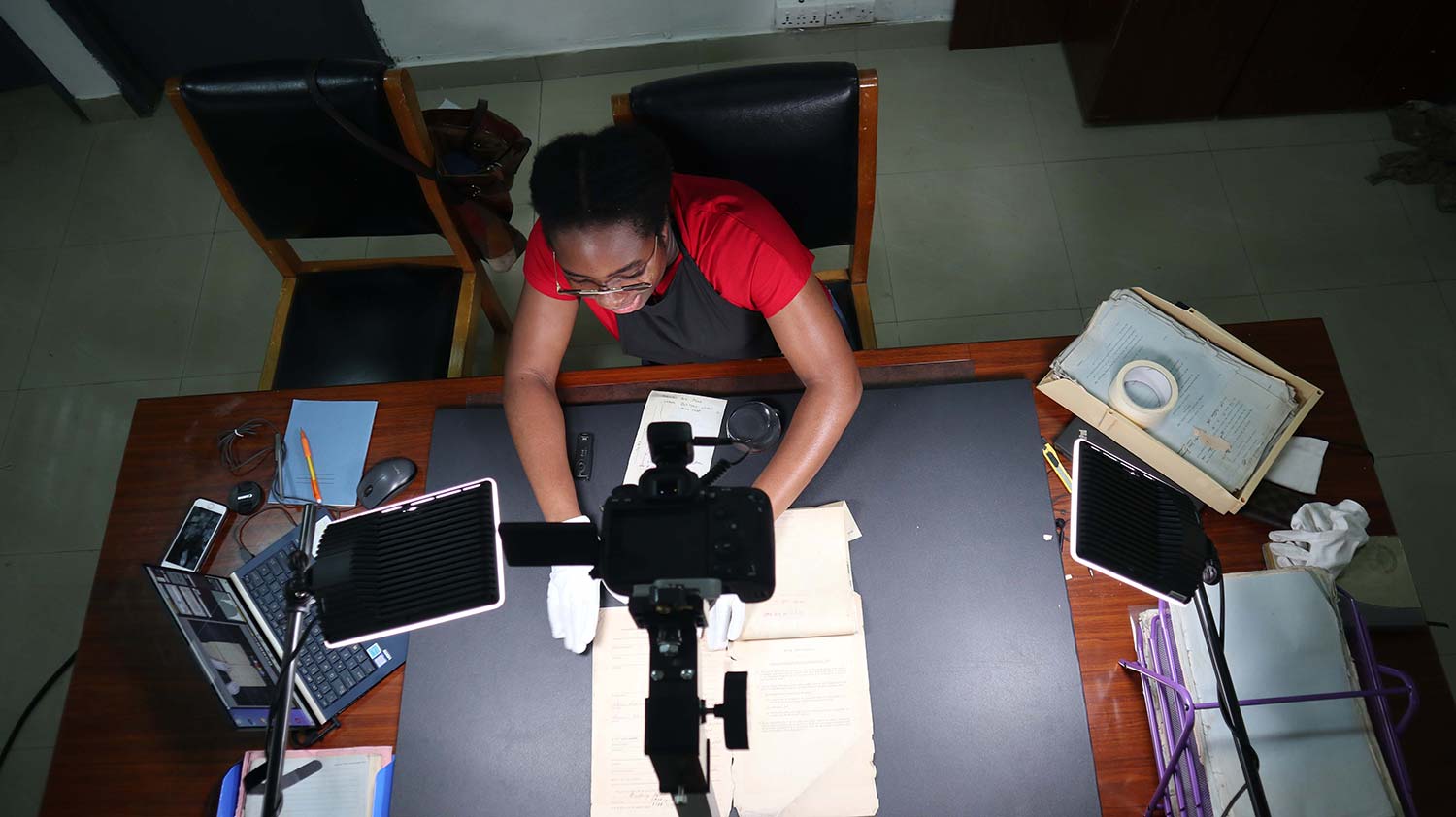Master of Science Final Reviews
The master of science design research studio held its significant review of work-to-date on January 29, 2009. The review panel included George Johnston, Associate Professor of Architecture at Georgia Tech; Daniel Herwitz, Director of the Institute For The Humanities at the University of Michigan; and Tom Buresh, Perry Kulper, Will Glover, Amy Kulper, and Jason Young from Taubman College.
The studio began with a program to design a halfway house for recovering addicts issued to the students, along with a particular site on Telegraph Road, west of Detroit. The program was delivered in very conventional terms and importantly without a prescribed spin from Associate Professor Jason Young, the studio advisor, allowing the “dirty realism” of the program and its attendant issues stand on their own terms. The students worked quickly for five weeks on the halfway house proper. After this initial five-week period, the students began a more intensive (and conceptually slower) “design research” project, using the architectural body of their five-week design as something that might be dissected and examined in more detail, with an interest in developing research tangents of varied sorts. The studio goals included having both a design proposal for the building and also a series of design research skirmishes brought on by it. The studio advisors maintained that the particulars of the program and site could yield vibrantly to the nature of the design research, which may or may not insist on the building as an anchoring device. The students were encouraged to take responsibility for the conceptual and physical relationships within the ensuing research and to use the tools of the designer together with research trajectories born out of a seminar taught by Assistant Professor Amy Kulper.
The seminar took questions of “disciplinarity” as its primary focus, asking what constitutes the discipline of architecture’s defining boundaries, how it is that we might become more aware of our operations on and within the discipline of architecture, and asserting its identity as one of an aggregate condition. The weekly discussions delved into various disciplinary modes of operation such as: performing dissections, establishing authorities, consolidating interests around a catalyst, and sustaining disparate methodologies and epistemologies. Parallel to reading and discussion, the students were asked to develop their own research interests and push those through the structure of the seminar. It would be fair to characterize the coupling of the studio and the seminar as an attempt to reconsider how the two distinct pedagogical formats relate to one another, the ambition being to plot differences and similarities within the contours of specific design research itineraries.
The review began with a one-hour viewing period. Here each reviewer read the design work on his or her own terms, developing reactions to the work stemming from the particular qualities communicated by the artifacts of the process. The audience and students then assembled around a large table, surrounded by the work, and each student, one by one, individually presented his or her interests, making reference to his or her particular artifacts and projecting their work as images, and expanding the context of the work.









